Table of Contents
Introduction
Have you recently started working remotely, or has it been a while? As remote work is rapidly becoming the new norm, it’s essential to understand the whole concept of working remotely.
Did You Know?
Remote employees are 13% more likely to report higher job satisfaction than their in-office counterparts.
It’s imperative to understand that the one-size-fits-all formula does not work in remote work, as everyone has a different way of working. When you work remotely, it comes with a set of pros and cons. Moreover, you need to make some changes to the work style to keep employees well-engaged and productive.
Following the right tools and remote working tips makes it easy to help remote employees feel enthusiastic and productive throughout the working day.
Summary:
- Working remotely is quite common in the modern workplace. That’s why keeping remote employees motivated, engaged, and productive is essential.
- Knowing the best remote working tips makes it much easier for employers and employees to follow a successful remote working style.
- With Workstatus, you can easily track and analyze remote team members’ tasks and keep them engaged.
In this blog, we will cover all about remote work, the reason behind its popularity, its challenges, tips to stay engaged, and more.
Let’s dive into it!
What Is Remote Work?
Remote work is basically a style of work that lets professionals work outside of a traditional office space. It follows a direct approach that work does not have to be done in a particular place to be carried out successfully.
Imagine this: rather than going to an office place every day to work from a fixed desk, remote employees can execute their tasks and projects and surpass their goals wherever they like.
People get this flexibility to work from anywhere and plan out their day accordingly. This results in a perfectly balanced life with professional and personal lives in check. Most importantly, such a cultural paradigm shift is what society aims for to promote a healthy workplace.
Why Is Remote Work So Popular?
More and more companies are switching to remote work as an alternative to onsite work because they see the many benefits of it over its in-office counterpart. But what exactly are the reasons behind this popularity?
Here’s our top 4 list of why remote work is so popular and why it’s here to stay.
-
Increased flexibility and freedom
Remote work is becoming increasingly popular in the modern workforce, and there are plenty of good reasons. Indeed, remote work gives freedom, when you can hire overseas programmers or any other specialists to work for you.
Working remotely allows you to take charge of your schedule, allowing you to work when and where you are most productive. This flexibility also gives you the opportunity to balance your personal and professional lives better.
-
No need to commute
You don’t need to worry about the daily commute to and from your office when you work remotely. With work-from-home culture, the need for a long daily commute is becoming obsolete.
Working from home eliminates spending precious time and energy traveling to and from the office. With no commute, you can focus on what’s important: getting your work done!
People also get more time to pursue other interests and activities.
With no commute to and from the office, you have more time to improve yourself and the things that matter most.
Remote work also allows you to enjoy a better work/life balance, as you can get everything done without spending hours on the road.
-
Fewer distractions
For those looking for fewer distractions, remote work can be a great way to stay productive without having to deal with office-related interruptions.

Source: Bigstock
Whether working from home or on the go, remote work allows you to customize your environment and work in an area free from potential distractions.
Working from home will enable you to avoid uncomfortable office environments that can be stressful and unproductive.
You can also create an atmosphere tailored to your needs, making it easier to focus on your work.
-
More focus, greater productivity
Companies are recognizing the numerous benefits of working from home or a remote office, allowing them to be more productive, manage their time better, and achieve a better work-life balance.
One of the major advantages of remote work is the ability to focus more on the tasks at hand.When you work from home or a remote office, there are no distractions from colleagues or daily commutes.
You can quickly establish a productive working environment that suits your needs, allowing you to stay focused for longer periods of time.
It can be beneficial for creative tasks, as it allows you to get into a flow state and create without being interrupted by outside noise or distractions.
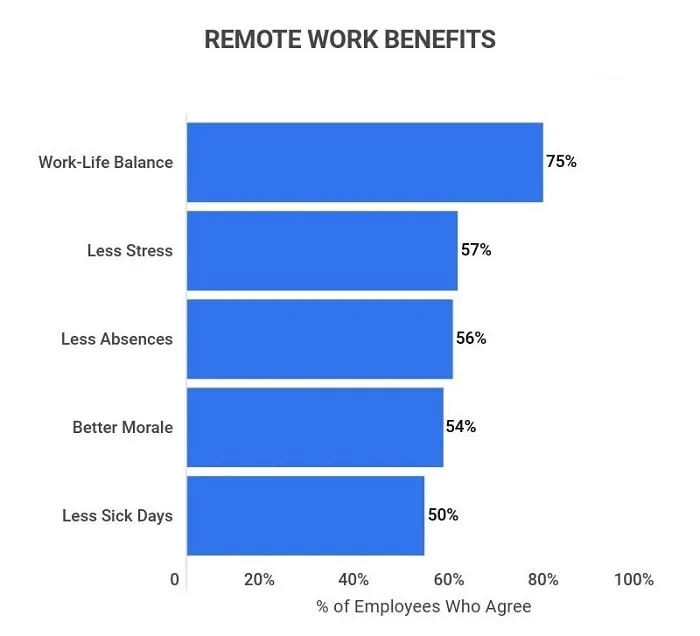
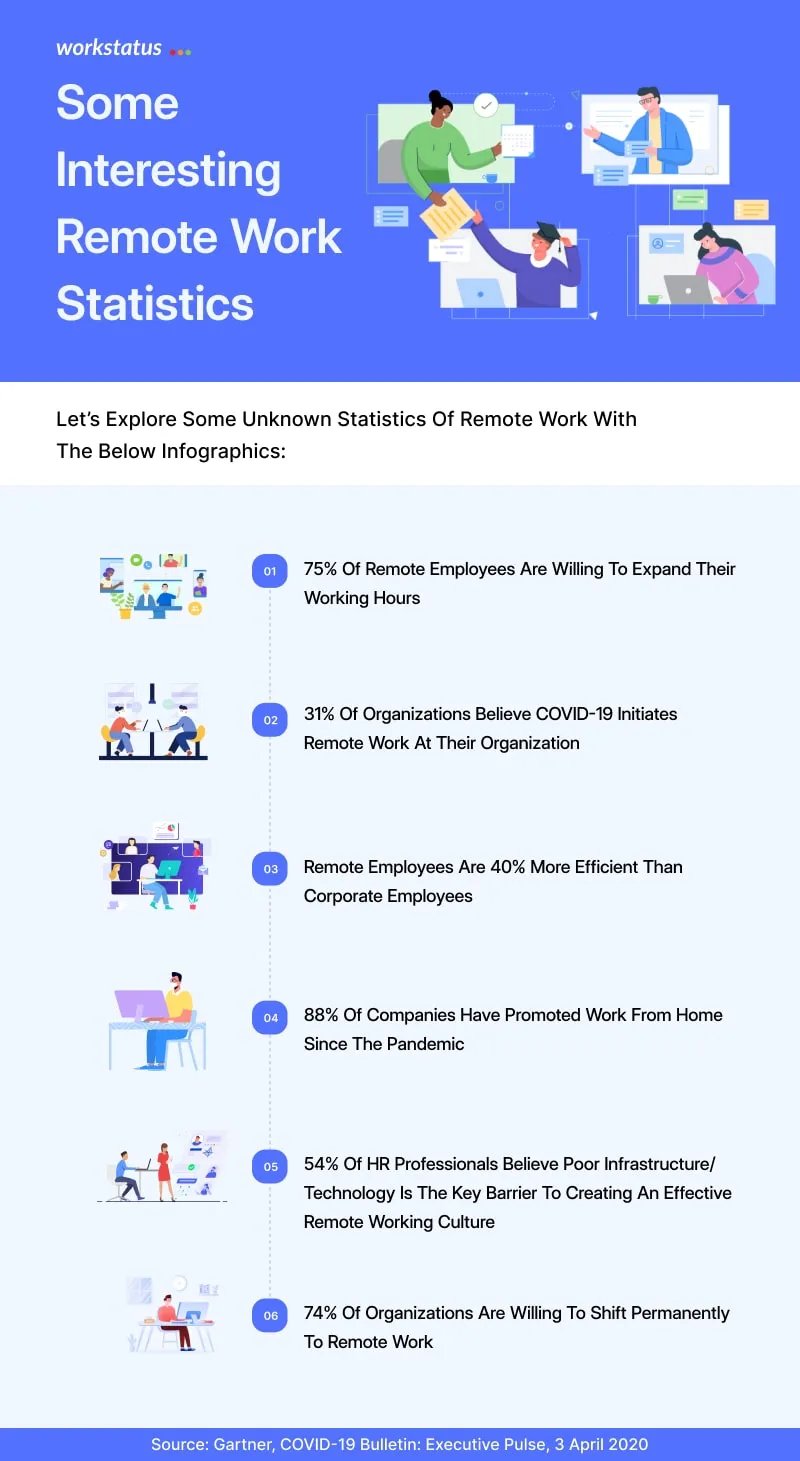
Source: Gartner, COVID-19 Bulletin: Executive Pulse, 3 April 2020
Challenges Included In Working Remotely
Here are some commonly faced challenges while working remotely:
1) Communication Barriers: Working remotely can sometimes make communicating effectively with your team members or clients challenging. You might miss out on those casual water cooler conversations or face-to-face meetings where ideas flow more naturally. It can be harder to pick up on non-verbal cues or have spontaneous brainstorming sessions when everyone is scattered across different locations.
2) Limited Social Interaction: One of the downsides of remote work is the lack of social interaction with colleagues. While this might be a perk for some introverts, it can lead to feelings of isolation and loneliness for others. You might miss out on the camaraderie and social bonds that often form in traditional office environments.
3) Technology Issues: When working remotely, you rely heavily on technology to stay connected and productive. Any glitch in these systems can disrupt your workday from video conferencing tools to cloud-based file storage. Slow internet connections or technical difficulties can also frustrate and disrupt your workflow.
4) Maintaining Motivation and Productivity: It can be tough to stay motivated and productive when working from home, especially if you thrive on the structure and routine of an office environment. Distracted or procrastinating is easy without the physical separation between work and home. Maintaining a healthy work-life balance can also be challenging when your work is always just a few steps away.
5) Overworking to Meet Deadlines: When working remotely, it can be tempting to overwork yourself to compensate for the perceived lack of oversight or prove your dedication. Without clear boundaries between work and personal time, it’s easy to find yourself glued to your computer or responding to emails late into the night. This can quickly lead to burnout and negatively impact your mental health and overall well-being.
Top 11 Tips To Stay Connected When Working Remotely
Use these 11 ways to stay connected when working remotely to keep up with what your coworkers are doing and stay fully integrated into your company’s day-to-day operations.
1) Utilize Communication Tools
When working remotely, it’s easy to feel isolated from your team. To make sure you stay connected, utilize the tools at your disposal.
Make use of video conferencing services like Google Hangouts or Zoom so that you can see each other face-to-face when you need to discuss something important; this helps create more personal connections and makes it easier for people who are far away from their colleagues geographically to feel like they’re part of the team.
2) Have Regular Check-Ins
It’s crucial to stay connected with your remote team. Regular check-ins will help ensure everyone is on the same platform and that no one feels like they’re being left out. It’s also important to make sure that everyone knows when you’ll be available for a call or an email so that they don’t try to reach you at an inconvenient time (like when you’re busy!).
Here are some ideas for how often these should happen based on the size of your team:
- 2 people: once a week
- 5 people: once every other day
- 10 people: once a day
It will ensure that everyone is kept in the loop and knows when to provide input or get something done by a certain date.
3) Schedule regular meetings
When you work remotely, you can easily feel disconnected from your team.

Source: Hubspot
To stay connected while working remotely, schedule regular meetings with your colleagues.
This way, you’ll have an opportunity to check in and discuss projects as they progress.
Also, make sure to use collaborative tools like Google Docs, and Hangout so that everyone on the team can see what’s happening with each project at any given time. It will ensure that you’re all on the same page and that no one gets left out when decisions are made.
4) Set Ground Rules
Everyone must know what’s expected of them when working remotely.
For example, is email the only form of communication, or can people call each other as well? What times should someone expect a response from another person? What days are considered off-limits because they’re reserved for family time or personal time?
Having these discussions upfront ensures that everyone understands what’s expected from them when working remotely.
5) Take Advantage of Technology
Working remotely means you heavily rely on technology to stay connected and productive. Amazing time tracking software tools like Workstatus can help monitor your remote employees’ engagement levels. Moreover, it can help you streamline processes, enhance communication, and even promote a sense of community despite the physical distance. By incorporating solutions for remote software deployment, you can ensure smooth software updates and installations across distributed teams without interrupting their workflow.
6) Get Out and About
Keep up with office banter by communicating through group chats or group calls. It will help you feel like you’re still part of the team even though you’re not physically there with them!
Plan regular get-togethers where every remote worker can meet up nearby (like a coffee shop or a park). It’s important to maintain those face-to-face connections.
7) Make Time for Yourself
When working remotely, you can quickly get caught up in your work and forget about life outside the work.
But it’s essential to make time for yourself, so you don’t get burnt out or feel like you’re neglecting other areas of your life.
It’s important to remember that this job is not your entire world; it’s just one aspect of your life. You need downtime just like anyone else!
So make sure you have a block of time set aside every day where you don’t answer emails or talk on the phone so that you can recharge.
8) Keep a Routine
Having a set schedule for when you check in with everyone on the team helps keep things organized.
Whether once per day or three times per week, having an established pattern makes it easy for everyone to know when they can expect to hear updates from you.
9) Consider Availability Before Connecting
Remote working makes it easy to feel isolated from your colleagues and teammates.
To avoid feeling like you’re on an island, try to place calls when most
people on your team are available; this will make it simpler for everyone to participate without having to worry about missing anything important because someone couldn’t make it due to a conflicting time slot or location (like if one person is in New York and another is in Berlin).
10) Seek Help If Needed
If you’re working remotely, make sure you seek help if you need it!
If you have questions about something, don’t hesitate to ask someone for help.
It’s better to ask and look silly than not to ask and make a mistake because you didn’t understand something.
11) Go for Virtual Team-building Activities
Virtual team-building activities are a great way to stay connected. They help build relationships and trust between remote workers, create a sense of belonging, and provide an opportunity to socialize in a non-work setting.

Source: The Jotform
Some examples of virtual team-building activities include online quizzes, video games, group fitness classes, trivia contests, group chat conversations, etc.
By making time for these activities, remote teams can stay connected with one another and work more effectively together.
How Workstatus Helps In Remote Work Management?
1) Automatic Clock In And Clock Out:
Keeping track of your team’s work hours can be a hassle in a remote work setup. With Workstatus, your employees can simply clock in and clock out with a few taps on their mobile devices, eliminating the need for manual time tracking.
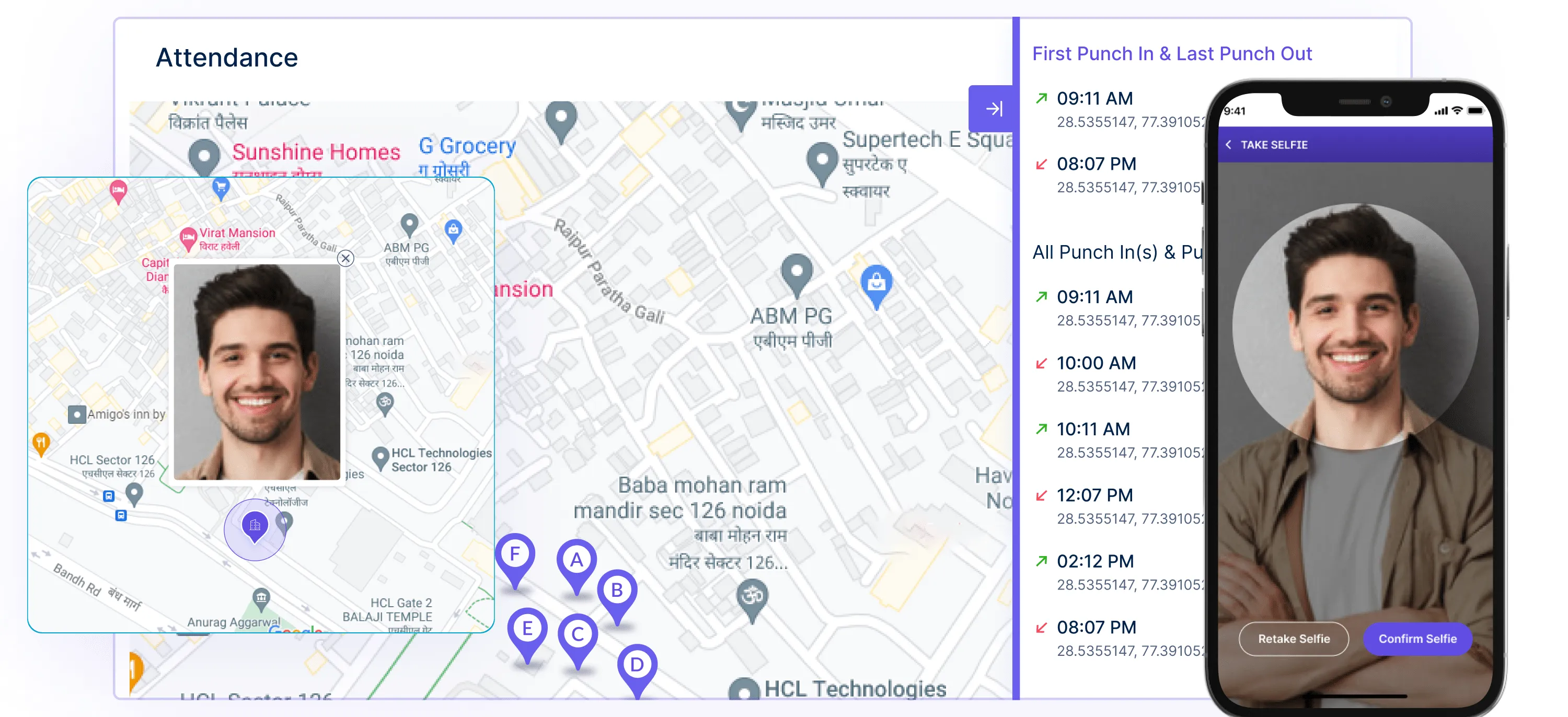
2) Track Absenteeism:
When managing a remote team, dealing with unexpected absences can be a real headache. Workstatus makes it easy to remember who’s present and who’s not. With real-time updates on attendance, you can quickly identify any potential issues or patterns of absenteeism, allowing you to address them promptly and ensure your team stays on track.
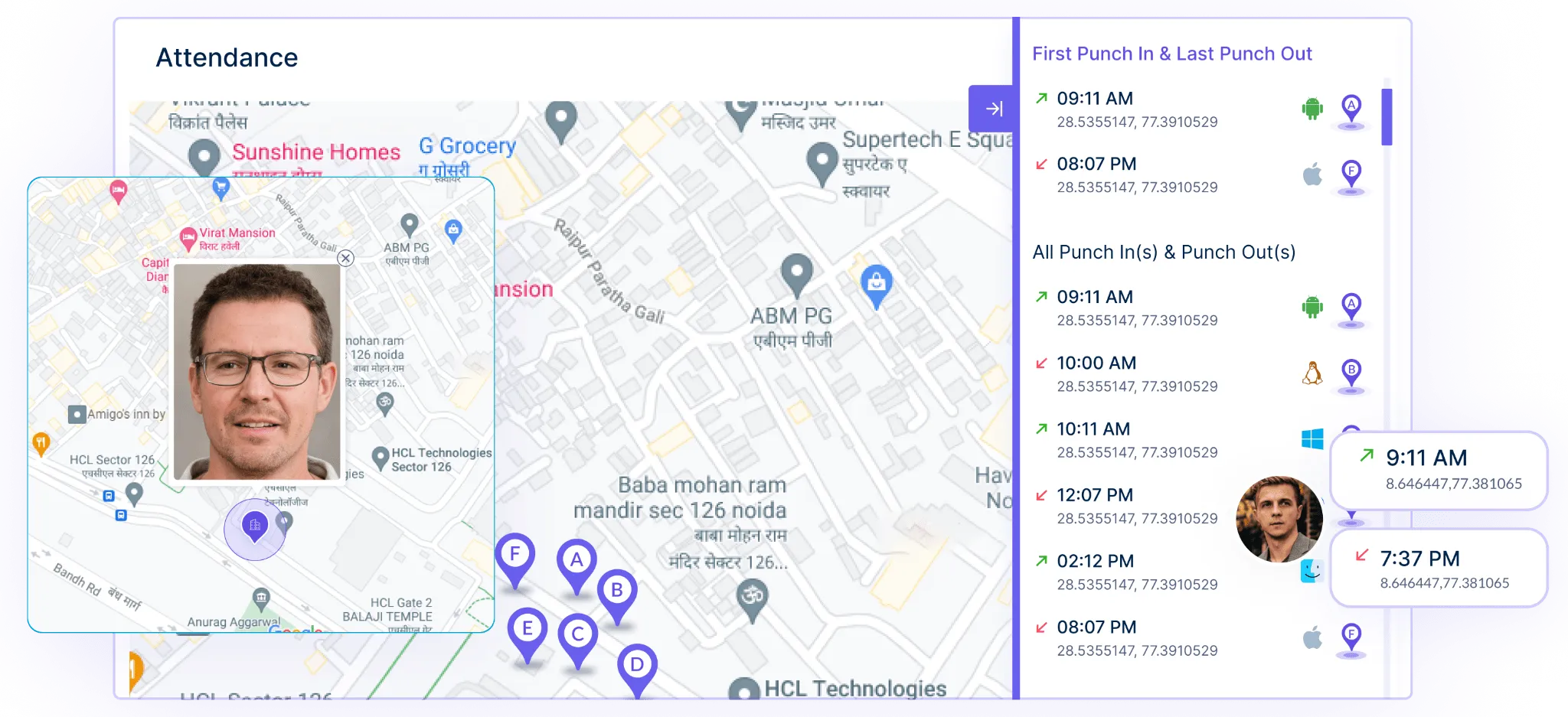
3) Geofencing:
While remote work offers flexibility, knowing where your employees are working from is still important, especially for security or compliance reasons. Workstatus uses geofencing technology to track their locations during work hours. This way, you can ensure they’re clocking in from approved locations, and you can rest easy knowing your team is safe and secure.
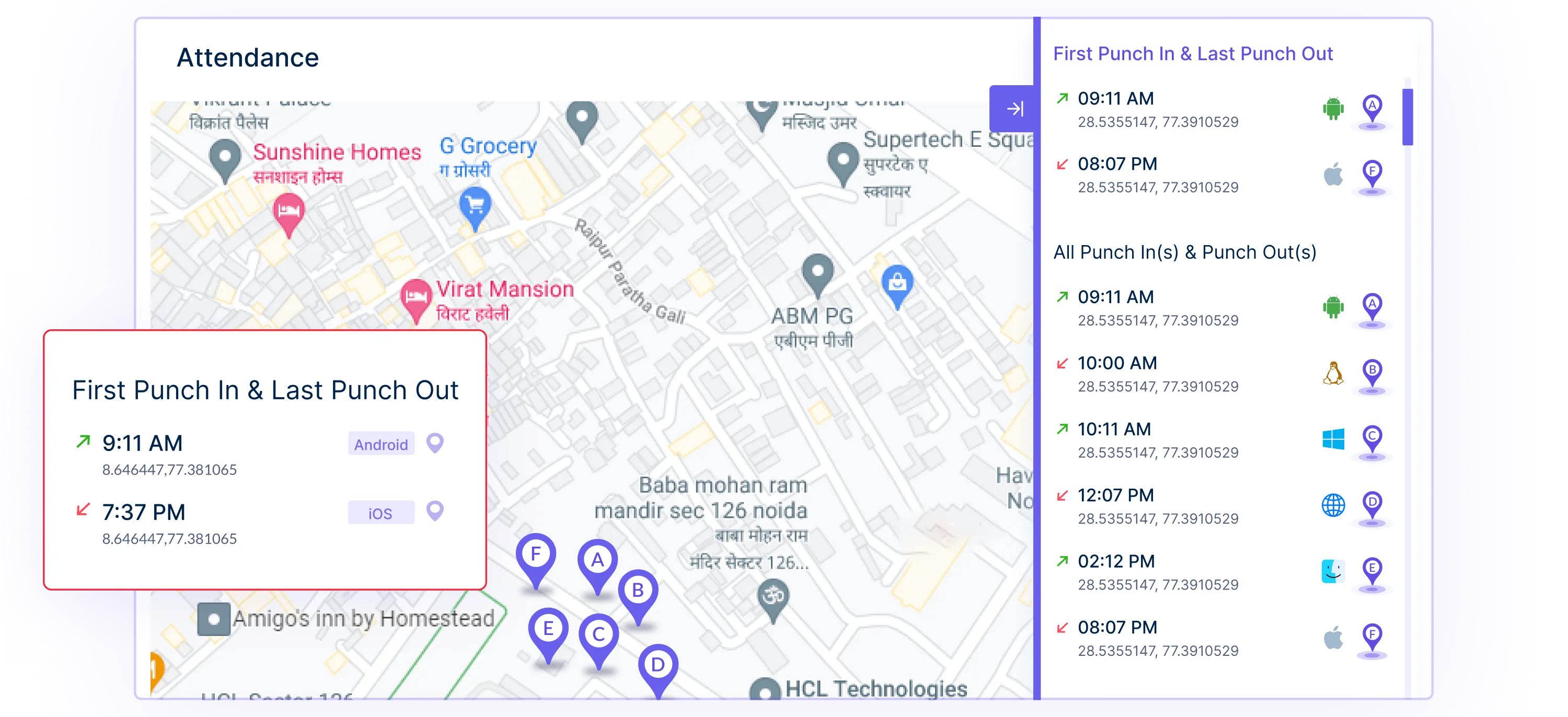
4) Productivity Tracker:
It can be challenging to estimate productivity levels when your team works remotely. Workstatus takes the guesswork out of the equation by providing detailed insights into how your employees spend their time. With automatic tracking of active hours, idle time, and app usage, you can identify areas for improvement and make data-driven decisions to boost overall productivity.
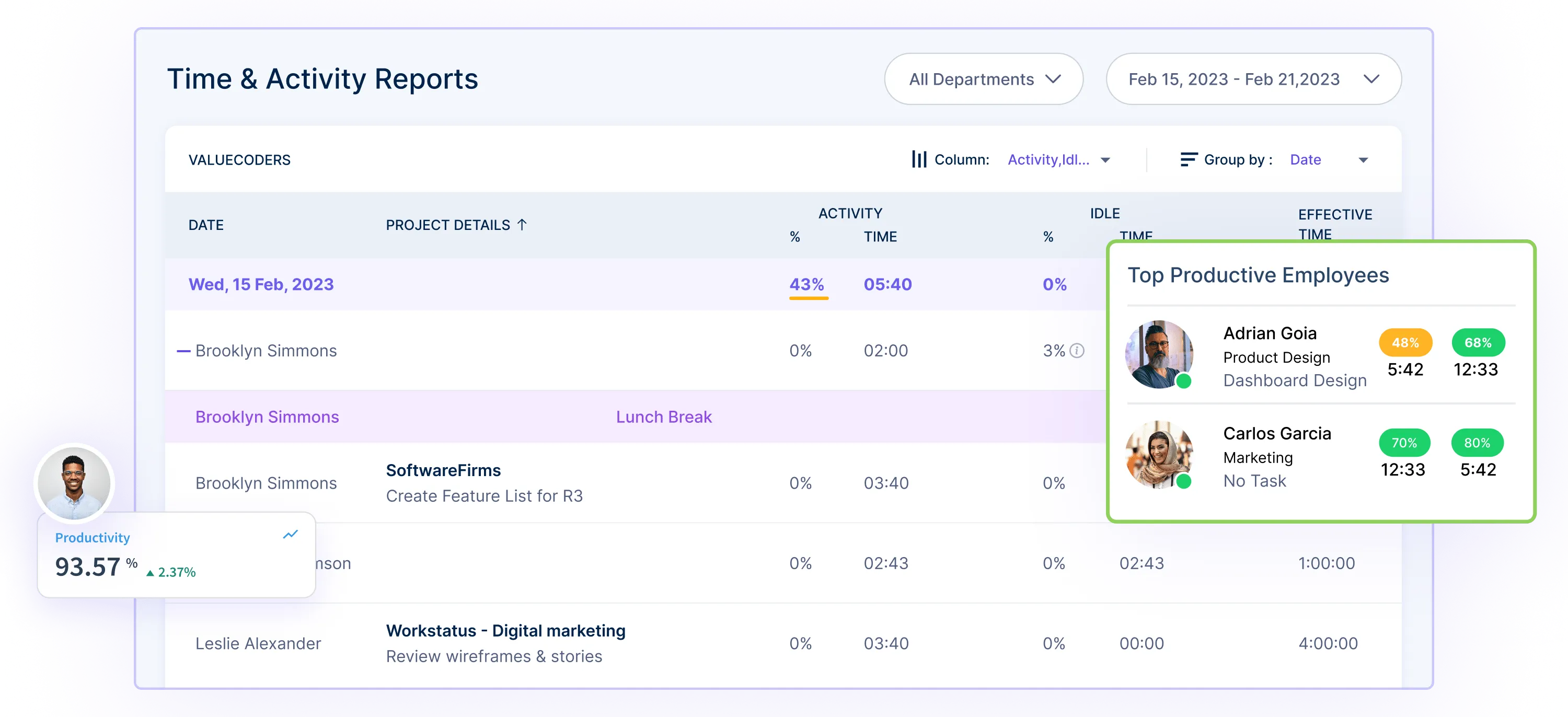
5) Remote Employee Monitoring:
Managing a remote team often means relying on trust and self-discipline. However, Workstatus offers an extra layer of oversight by allowing you to monitor your employees’ activities during work hours. This lets you ensure they stay focused and on task without compromising their privacy or autonomy.
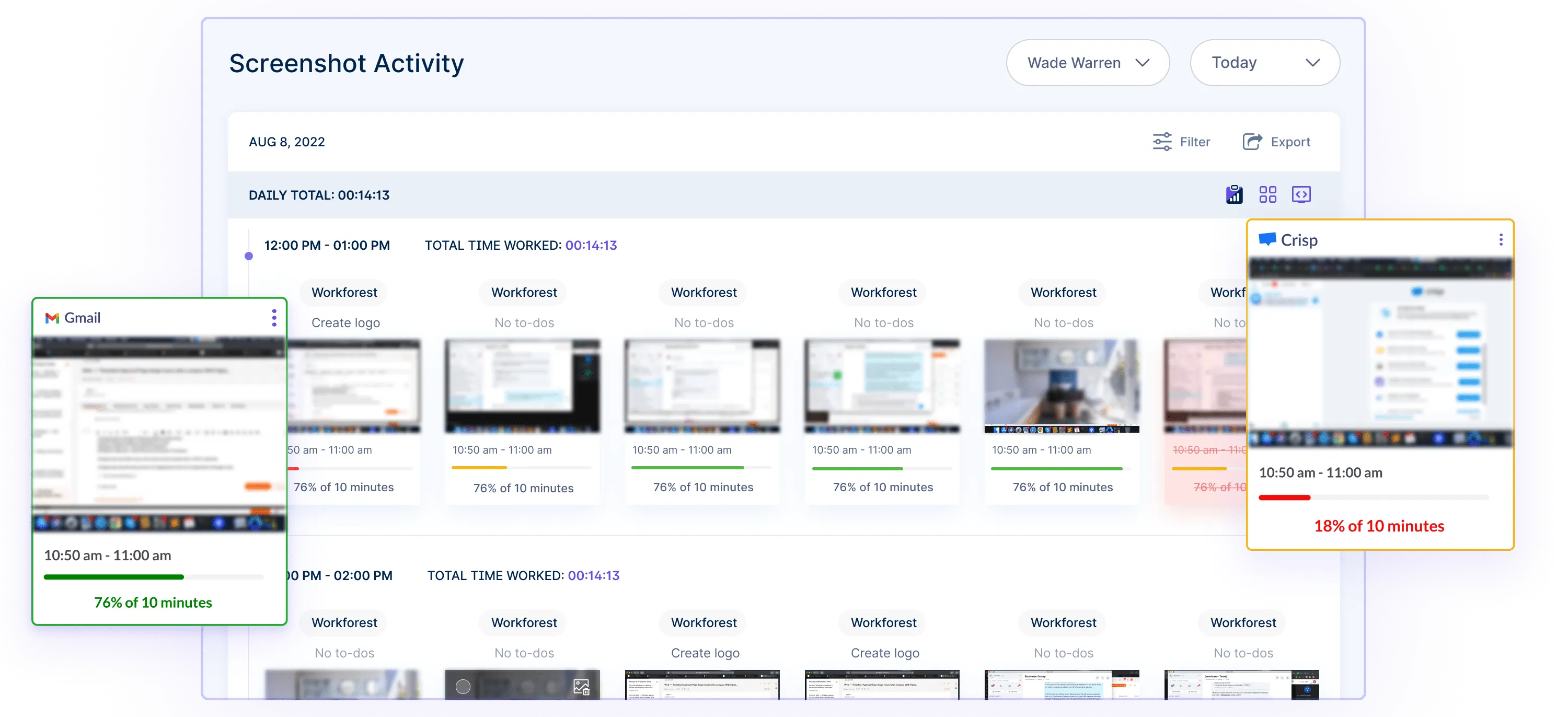
Closing Thoughts
When navigating how to engage remote employees and how to keep them engaged, keep in mind that engagement is always a continuous process.
It’s never a one-time task; it requires constant nurturing and development.
An engaged employee is also an employer’s best asset – make sure you stay updated on the most recent ways of engaging people who work remotely.
Check out Workstatus to boost the engagement rate of your remote teams here.
FAQs
Ques. What is remote employee monitoring software?
Ans. Remote employee monitoring software is a tool that allows companies to keep track of their remote employees’ activity. It enables managers to see what websites their employees are visiting, what emails they’re sending and receiving, and what text messages they’re sending (including who they’re sending them to and what they say). It helps companies ensure that their remote workforce is working productively and appropriately; if an employee is lazy or engaging in inappropriate behavior, then the company can see this information and act accordingly.
Ques. Is there any tool to keep remote employees engaged?
Ans. Yes. You can use remote employee monitoring software tools like Workstatus to keep your remote employees engaged and productive. It can help you in the following ways:
- Assign and track the project status
- Track active hours vs. idle time
- Provide constructive feedback based on real-time data
- Identify burnouts before it’s too late and reach out
Workstatus has got much more to help you with employee engagement. You can explore here to learn more about Workstatus.
Ques. How can you boost the productivity of remote teams?
Ans. There are various ways to boost the productivity of remote teams. Here are some most efficient ways to do the same:
- Track and review projects frequently
- Make smooth and regular communication
- Set clear expectations with your remote team
- Spread positivity
- Value performance over presence
- Always lead by example
These are some ways by which you can easily improve productivity levels of your remote teams.
Thanks for reading!!












